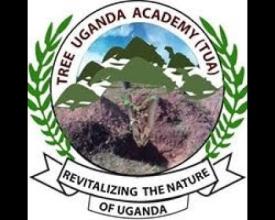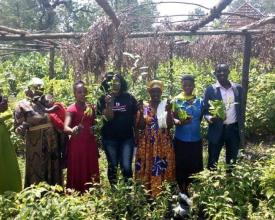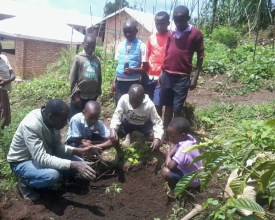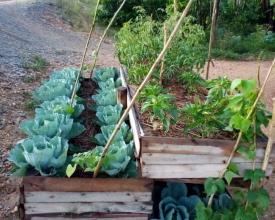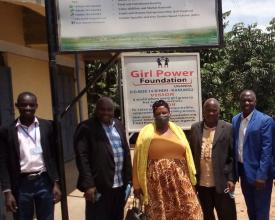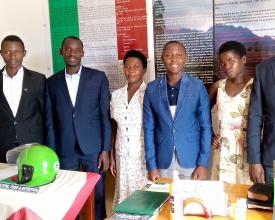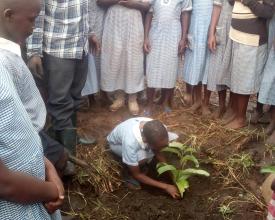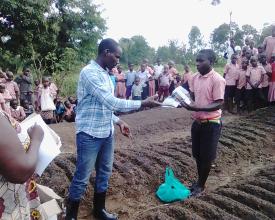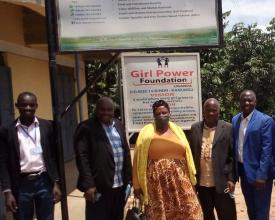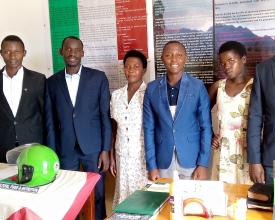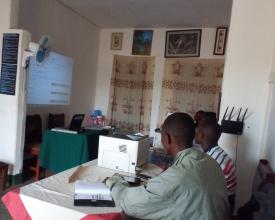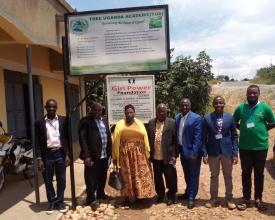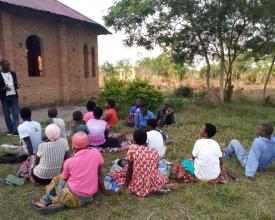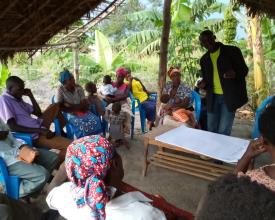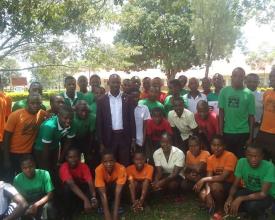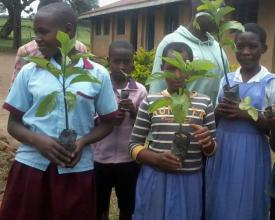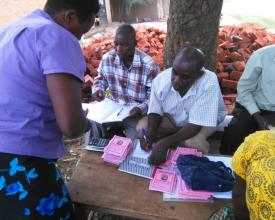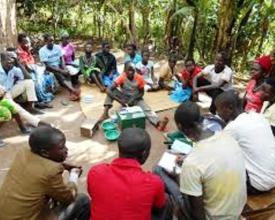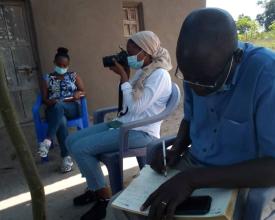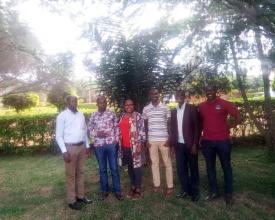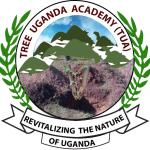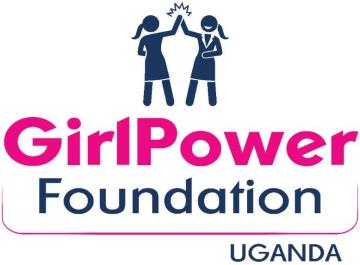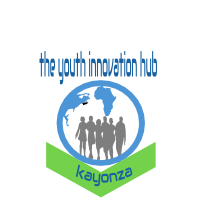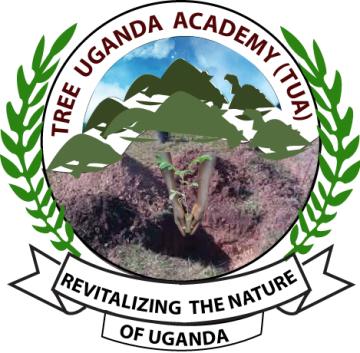
Innovative Participation in Conservation and Poverty Alleviation (IPaCoPA)
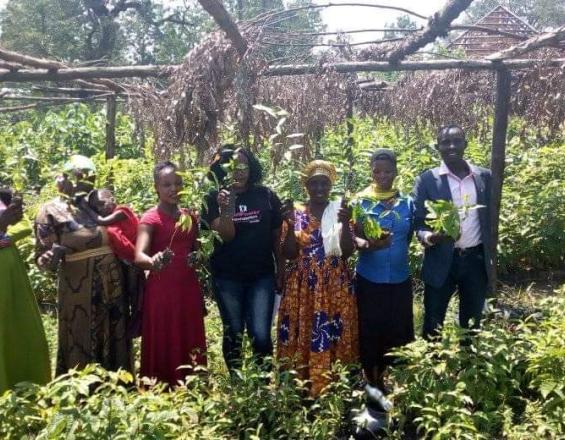
IPaCoPA is an inclusive regeneration entrepreneurial design sparked in 2016 to aid and philanthropy community led conservation and poverty alleviation. In 2018 it was recognised as one of the best Panorama Solutions for a Healthy Planet.
Over time, this solution has been improved by consolidating best practices in Agriculture, Conservation and Ecotourism to address the increasing need for nature conservation and livelihood development.
IPaCoPA solution is being applied through formation of grassroots community led conservation groups and clubs and capacity building members to implement the strategic directions of the organisation approved by the Board. We integrate the Village Savings and Loan Scheme and invite external partners to enable community’s easy access to finance and resources to invest in conservation and livelihood initiatives embedded in the IPaCoPA solution whilst sparingly utilising the natural resources which allows space for threatened species to thrive.
Context
Challenges addressed
Environmental:
- Natural Resource depletion; being tackled through awareness creation and access to essential ecosystem services.
- Limited conservation knowledge and skills; being tackled through trainings on sustainable management practices, basic wildlife use rights and conservation challenges.
Social:
- Civil Rights and Racial Discrimination coupled with Climate injustices; being tackled through group formation to encourage cohesion, Collective visioning and joint decision making.
- Climate change; being tackled through afforestation, Agroforestry and renewable energy.
- Gender and other forms of inequalities; being tackled through group/club formation.
- Degenerating African Cultural Heritage; being tackled through Traditional Music, Dance and Drama with meaningful contribution to nature conservation.
Economic:
- Poverty and limited access to Financing; being tackled through commercial farming of chilli, Ecotourism, Village Savings and Loan Association Scheme and linkages with financial institutions.
Location
Process
Summary of the process
The TUA Board mobilises resources and makes log term plans for the organisation that shape the course of action the Staff has to follow to achieve our mission "a Clean, health and well protected environment supporting a sustainable society and economy", which we cannot achieve alone. This calls for community participation in form of Tree Academy Groups and Clubs (TAGs & TACs).
The TAGs and TACs are grassroots innovation hubs, the channels of communication and distribution of our products and services to achieve our enormous mission. They play a pivotal role in amplifying awareness creation and advocacy for climate justice. To achieve the latter, requires finance which calls for the Village savings and Loan Scheme and the External partners.
Access to finance is a vital component in the Conservation and Livelihood “equation”. Because most local community members lack prerequisites to secure soft loans from financial institutions, we integrate the VSLA Scheme to secure group guarantorship and enable members’ quick access to small and affordable loans to implement their ideas. Certainly we invite external partners to secure sustained funding, resources and other services to complete the IPaCoPA Cycle.
Building Blocks
Tree Uganda Academy (TUA) Board and Staff
The TUA Board forms the supreme planning and decision making body of the Organisation. The board makes informed decions and mobilizes resources that support and guide the project staff in the implementation of the organisation's strategic objectives under IPaCoPA solution towards fulfilling its vision "A clean, health and well protected environment supporting a sustainable Society and Economy". The TUA Staff is a team of six youthful and well qualified individuals who carryout the day-today activities of the organisation by engaging the community members in their respective Groups/Clubs through group leadersip (Executive committee), enhanced with formal MoUs between TUA and its member group/clubs.
Enabling factors
1. Competent skills by the Board and Staff Members enhanced with ccess to current information on Climate Change and the general critical issues of the environment that aid the Board in making sound decisions.
2. A strong spirit of teamwork and Volunteerism among the Board and Staff.
3. Ability by the Board and Staff to cope up with the developing world and a strong passion to further the aspirations of the UN's Sustainable Development Goals (SDGs).
Lesson learned
A Strong and informed team that fully understands and embraces organisation's values and principles will empower the organisation to achieve lasting results.
Contrally to the above, the team may run the risk of setting poor precedents that leave communities feeling co-opted, manipulated, and reluctant to work with external organizations in the future.
A well informed and supportive Board simplifies the work of the CEO and the Staff, and accelerates the growth of the Organisation.
Tree Academy Groups and Clubs (TAGs & TACs)
Tree Academy Groups (TAGs) are formal community led conservation and advocacy associations established in Local Communities under the Village Savings and Loan Association (VSLA) Model, while Tree Academy Clubs (TACs) are student/pupil led and are established in schools (both primary and Secondary). They are grassroots channels of communication and distribution of our products and services, as well as implementers of various conservation and livelihood programs under the IPaCoPA initiative.
They facilitate platforms for members to express their views and opinions on matters affecting them to influence policy and decision making processes at local and national level. They also play an important role in amplifying TUA's awareness creation on critical issues of environment and livelihood development.
The VSLA Scheme facilitates periodic meetings by group members (usually weekly), during which they make savings and deliberate on impotant commununity development issues. It also keeps members active whilst facilitating knowledge sharing and joint decision making on general group development issues such as joint ventures. Members at times decide to invest their savings in joint projects such as Tree Nursery, Tents and Chairs for hire e.t.c to generate more revenues into the group.
Enabling factors
- Favourable political environment and supportive local leaders.
- Existence of a strong project team with relevant expertise in community mobilization and entrepreneurial design production.
- Willingness by community members and students/pupils to team together and form Groups and Clubs.
- Increasing effects of climate change and the need for concerted efforts to curb down the situation.
- Availability of Credit Financial Institutions willing to partner with us and extend soft loans to the groups.
Lesson learned
- Holding preliminary meetings with community/school leaders and enlisting their support simplifies the mobilization and participation of the target populations.
- The youth are seemingly difficult to mobilize, and pop culture plays a significant role in influencing the youth and getting millennials to participate. Partnering with popular youth-centric brands and integrating Music Dance and Drama has vastly increased our reach among youth and students.
- Integration of the VSLA model stimulates community members to elect responsible representatives, guarantees regular meetings and access to finance which keep members active to coordinate various program activities.
- Allowing communities to prioritize and select quick impact projects solidifies support, galvanizes local participation and accelerates entrepreneurship.
- Transparency and effective communication are essential igredients in projects that require community participation and to retain community trust.
Village Saving and Loan Scheme and External Partnerships
The Village Savings and Loan Scheme is an IPaCoPA's sustainability strategy where members in their self-manage Groups meet regularly to save their money in a safe space and access small loans from the money collected among themselves to invest in livelihood projects at household level such as Agriculture and Solar energy. Because most individual members lack prerequisites to access loans from financial institutions, the VSLA scheme helps members to easily access finances and secure soft loans under group guarantorship. This supplements TUA's efforts to implement various aspects of the IPaCoPA initiative and to sustain the TUA's already supported projects such as looking after the trees planted and setting up kitchen gardens by households. With our external partners, key of them who include the District Local Government, UNDP, SAI Group UK, and Jade Products Ltd, we have been able to get endorsements, Capacity trainings, Digital Platforms such as Project Management systems and access to e-commerce, Funding (forexample from UNDP-Y4BF to support 500 youth in commercial farming of Chilli), and other resources which makes IPaCoPA operate in complete ecosystem.
Enabling factors
- Existence of clear objectives aligned to the UN's Sustainable Development Goals (SDGs) that interest other organisations/Firms with similar or related objectives, and or philanthropic about what we intend to achieve through our objectives.
- The zeal and enthusiasm by the team leader and the board to search for relevant partners and express interest for partnership.
- Access to and ability to use internet enhanced with an organisational website “www.treeugandaacademy.com”
- Upholding the organisational principles and values.
Lesson learned
- Building trust with partners and also determining the trustworthiness of those whom you partner with is paramount to sustain relevant and lasting partnerships. Concisely it’s important to develop clear agreements, be flexible and understand your partner’s language.
- Partnership is a learning process therefore you need to be open order to learn from other partners, particularly local partners in areas where project activities are being implemented. Local partners have a lot to teach about the community needs and local context and how to develop and create more sustainable results.
- Failures on some partnerships is inevitable, in case partnership fails, it is important to assess why the partnership failed, share and learn from those failures, reiterate and incorporate the lessons learned into the next partnership.
- The success of our organisation and the IPaCoPA solution ain particular relies on strong partnerships. Developing a partnership mindset based on relationships is far important because even when the funded activities end, the relationship continues and there is an opportunity for sustainable support.
Resources
Impacts
- 71 conservation Groups and 25 Clubs formed with 2,227 members including 3 groups of reformed poachers championing conservation and climate justice.
- 2,227 members trained on basic wildlife use rights and conservation challenges with 65% able to describe the characteristics of the parks and promote general awareness creation.
- 2,227 people educated on sustainable management practices, renewable energy and their benefits, with 75% applying them.
- 2,227 members trained on how to write a formal letter to the local authority and at least 70% can ably report on the status of the park through writing.
- Integration of the Village Savings and Loan Scheme with 995 people in 71 conservation Groups benefiting, enhanced with linkages to local financial institutions.
- A total of 230,000 indigenous trees Planted.
- Human-Wildlife Conflict reduced with introduction of Commercial farming of Chilli, with 500 households involved.
- Introduced Debates on relevant Environment and Climate Change topics in Schools where 1,023 youth students have participated.
- Promotion of Eco-tourism and Agro tourism enhanced with on-farm biodiversity conservation.
- Organised and Implemented 5 Local Community Nature Walks.
- Music, Dance and Drama competitions organised, where 11 groups and 5 Clubs excelled, awarded and recognised for exhibiting creative art relevant to nature conservation.
Beneficiaries
- Crop and animal farmers.
- Youth and women.
- Pupils and students.
- Plant and animal diversity.
- Government of Uganda.
- Tourists and participating communities by embracing ecotourism as defined by the International Union for Conservation of Nature (IUCN).
Sustainable Development Goals
Story
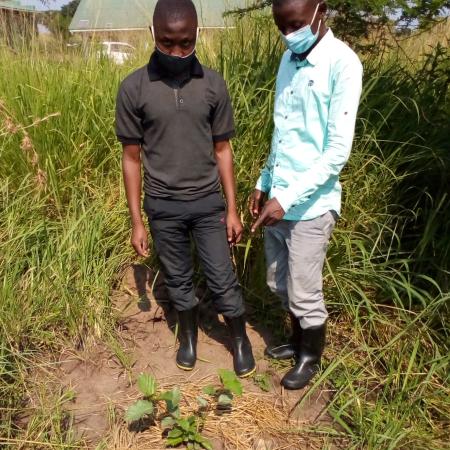
You’ve likely heard about the growing list of wildlife species that are vulnerable, threatened, or critically endangered in Queen Elizabeth National Park (QENP). Some species have even been defined as critically endangered in the past few decades, often due to overhunting, habitat loss, wild fires and Human-Wildlife conflicts.
But while it’s true that we’re losing biodiversity, among wildlife the Tree Climbing Lions, their prey and Habitats faster than we can categorize them, there’s a parallel story unfolding among the plant and animal diversity in the Ishasha Sector of Queen Elizabeth National Park, with increasing innovation by Tree Uganda Academy to engage local communities in the protection and restoration of important grassland and open woodland habitat that the Tree Climbing Lions and other animal species rely upon.
More than two decades ago, 90% of locals who entered the park entered with the intention of either poaching or encroaching on the resource. Conversely, the spark of the IPaCoPA solution in 2016 has seen us take huge strides to reverse the phenomena with increased numbers of informed conservationists including three (3) groups of reformed poachers empowered with alternative source of income through Commercial farming of Chilli, Ecotourism and the introduction of the Village savings and Loan Scheme.
Our approach has acknowledged local communities and actually made them central to conservation, where today 2,227 people are directly engaged in conservation activities and in the collective management of the park. Rather than protecting people from nature, we look for practical solutions that allow humans and other species to thrive together.
Through the IPaCoPA innovation, more than 2,227 have been empowered and over 230,000 trees planted (including Fig Trees in Queen Elizabeth National Park) and we are working on a common goal to ensure the Climbing Lions of Ishasha Sector and other threatened species are moved from the critically endangered species list to the threatened list by 2025.

